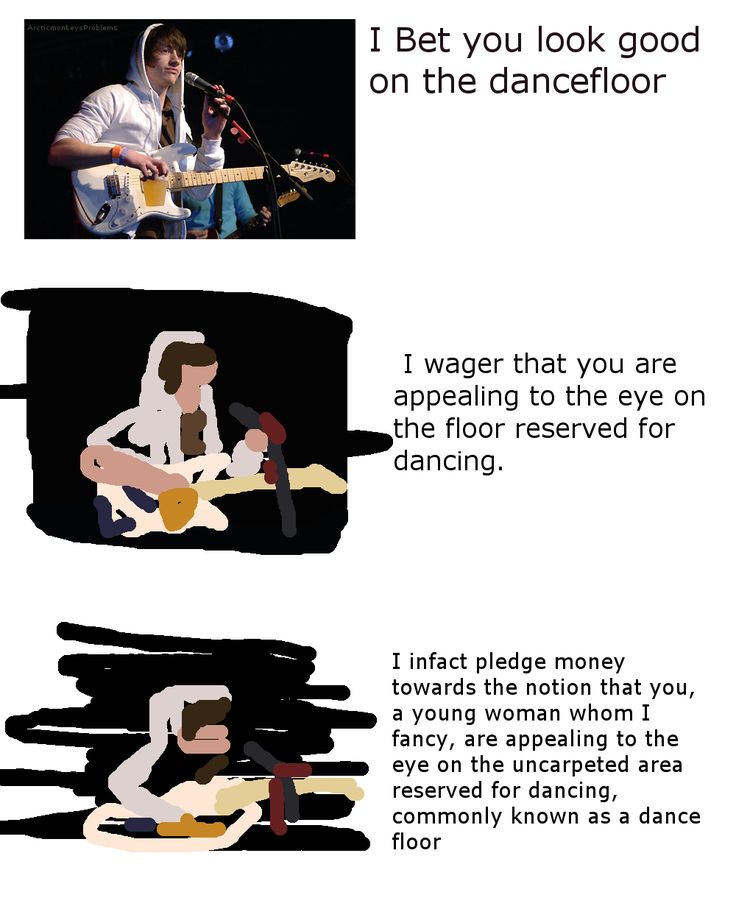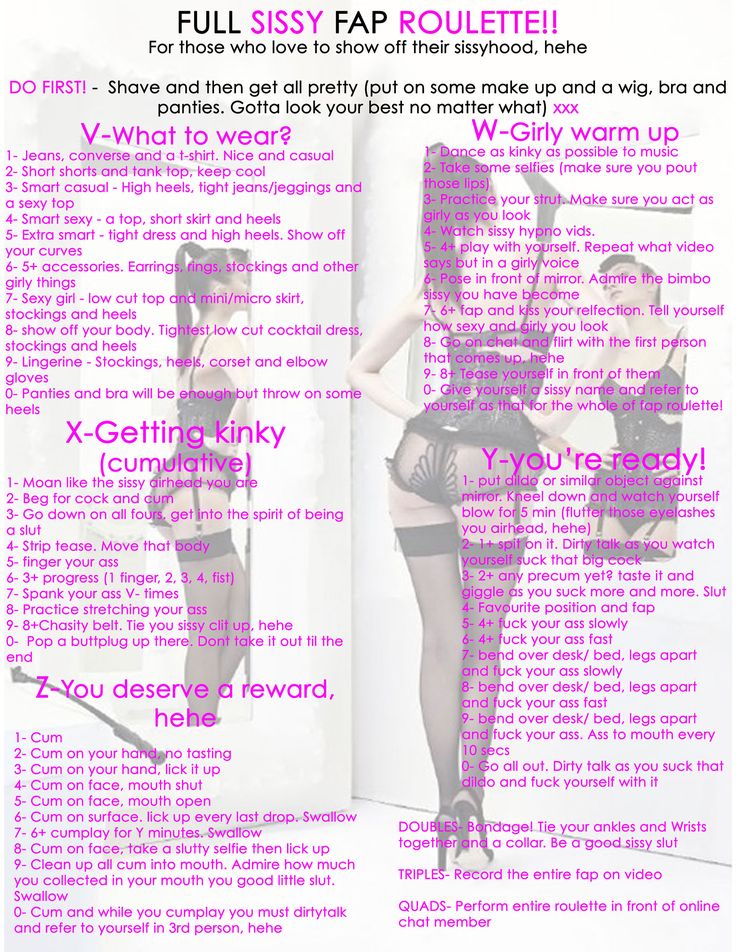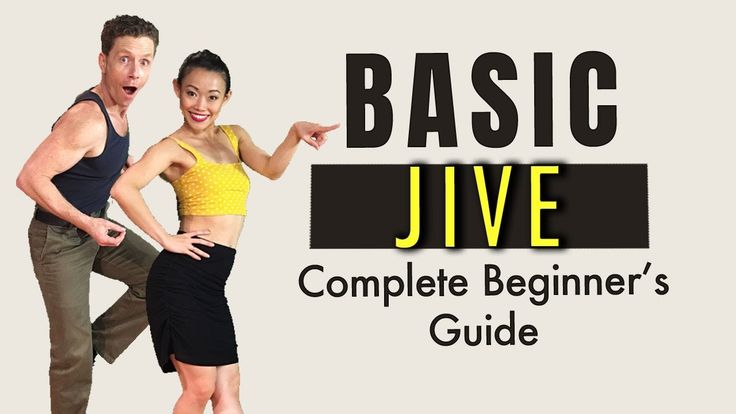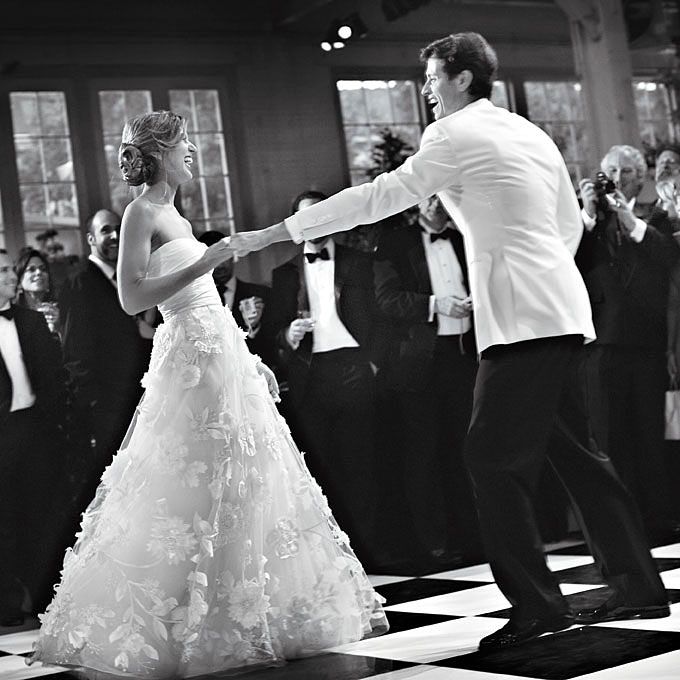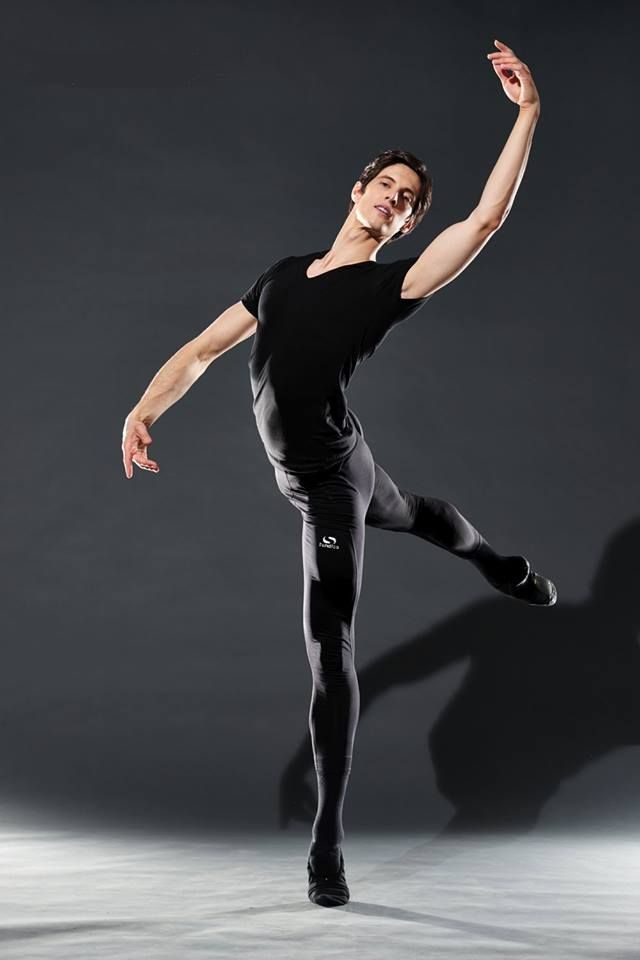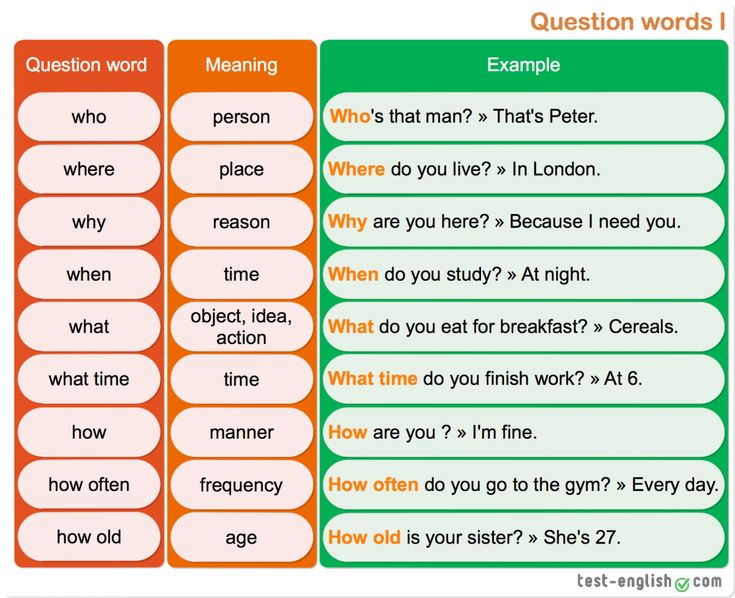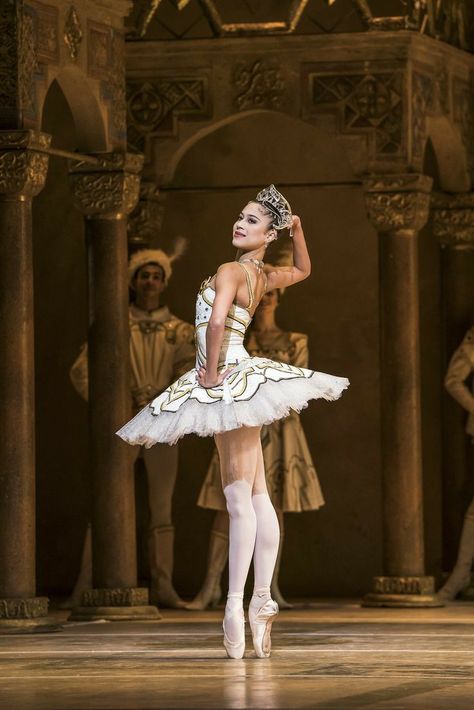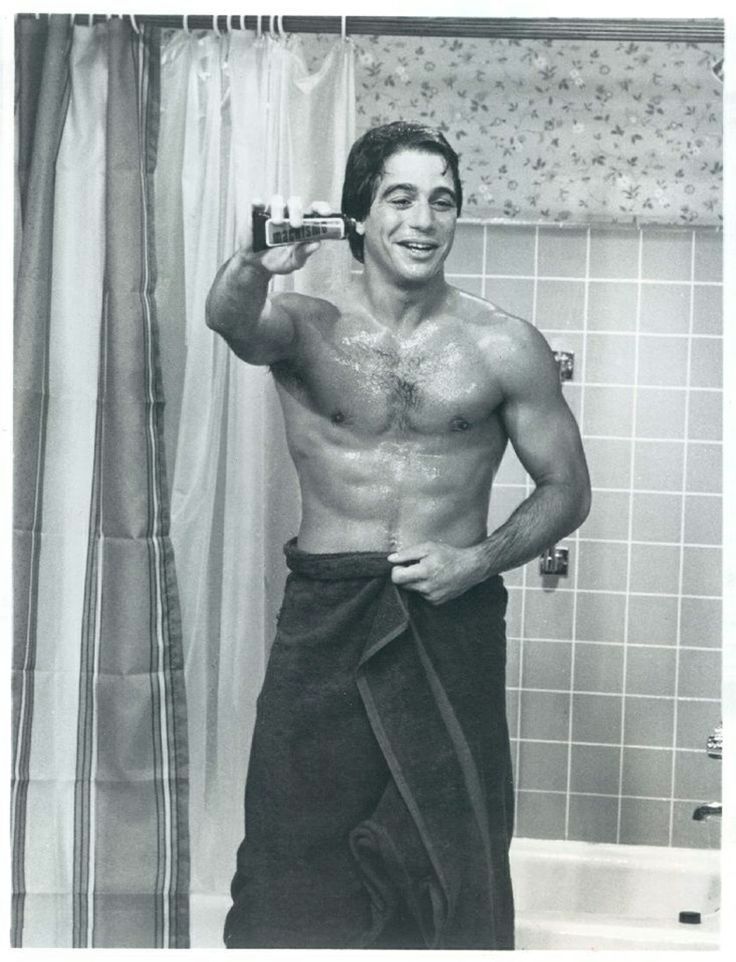How to look good on the dance floor
How to look good on the dancefloor (it's not just clothes)
Modern jive | Technique and tips
ByEmmaT
When you’re watching someone on the dance floor what are your thoughts? Assuming they’re not falling over or making huge over the top movement that you can’t fail to see. Mostly you watch people dance because they’ve got a spark, something that makes you notice them. It could be what they’re wearing. It could be they’re in the right place for your eye line. But mostly they look good on the dance floor and an eye is drawn to them.
While social dancing isn’t about performing, feeling like you look good on the floor, will help your confidence and freedom when dancing. If you assume people are watching and laughing or talking about your dancing, it’ll make many people shy away from being ‘free’ in their dancing.
*Ad – contains affiliate links
How can you look good on the dance floor too?
Look like you’re enjoying yourself
A smile goes a long way – for your partner you’re dancing with as well as for watching people. People want to dance with others who enjoy their dancing and don’t look miserable. The latter is off-putting when you’re dancing with someone.
Focus on your partner
When we start dancing, you can often feel self-conscious. Yes, we’re social dancing, everyone on the floor together and not up on stage dancing to an audience. But people do sit around and watch others on the dance floor. So if you’re a self-conscious person try to focus on your partner and the connection you have rather than worrying about dancing in public.
Listen to the music and play
So many people do modern jive and just dance the same moves to all music played. But there’s so much more to dance. If you’re dancing to a bluesy track and doing lots of spins and detailed frantic arm moves, then you’re going to look a bit silly plus your partner might feel uncomfortable dancing moves that really don’t suit.
Listen to the music, hear the beat and rhythms. Listen for the breaks. Check for tempo changes and builds in the music. All of these things and more, can be played with and explored. Certain moves work really well with different styles of music. Watching really good dancing you see musicality and how the moves work with the music.
All of these things and more, can be played with and explored. Certain moves work really well with different styles of music. Watching really good dancing you see musicality and how the moves work with the music.
At a basic level, make the most of the breaks in music. Leaders, give the follower time to pause, followers, when given some time and space learn to use of it.
Dance confidently
So much about dance is about confidence. You might not be the best dancer, you might go wrong. But blag it. Not only will it give you more confidence, you’ll probably enjoy the dance more. And most of the time, an audience will be non the wiser.
Pick an area of strength and work on it
If you have good dance technique, or great spins and turns, or great arms and styling, make the most of those parts in your dancing. As a leader you have much more control of the moves, and have to adapt to a partner’s ability as well as leading moves you enjoy.
- Make sure your spins are good
- Make a styling point your own (without doing it ALL the time)
- Have great balance and the ability to follow anyone
- Have clean footwork
If you know you have an area you are confident about and know you can make look good and fall back on, you can relax more about the rest of your dancing.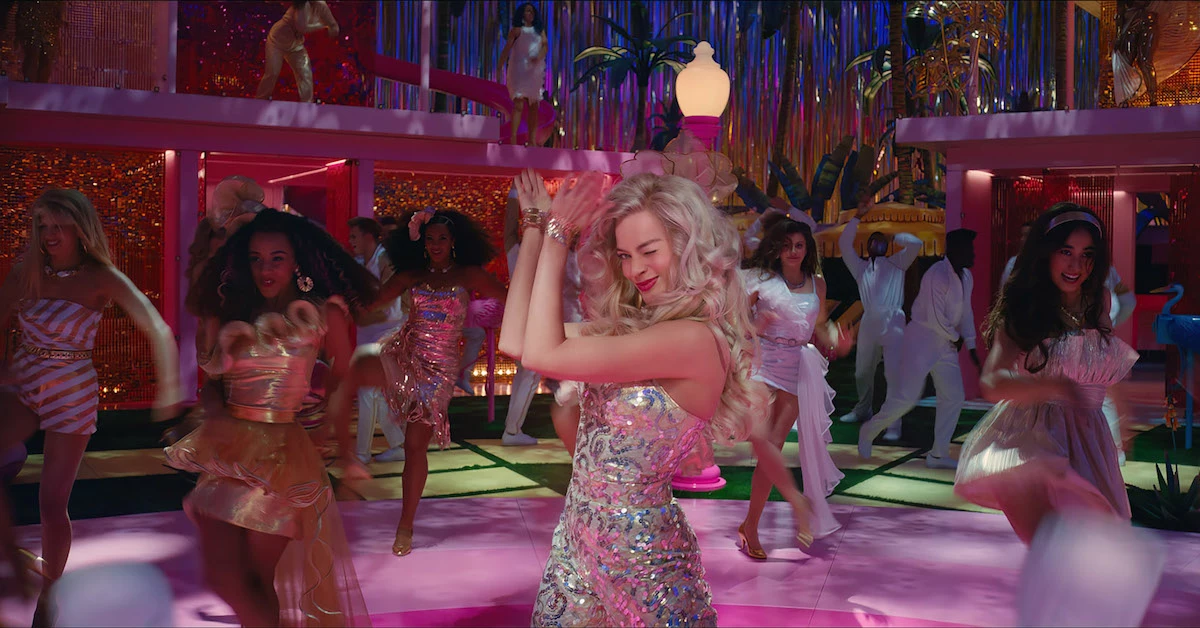
Dress well and wear suitable dance shoes*
If all else fails, dress to suit your dancing. Don’t be the person turning up in the tiniest mini dress and highest non-dance shoes (without straps) that you can hardly stand in. People will probably watch you, but not for your dancing.
The great thing about modern jive is that you don’t need to go all out in your outfits. Some do, but for class and for a general freestyle, be comfortable in what you’re wearing. If you’re used to heels, wear them, if you’re not, then wear flats. If you sweat a lot, wear layers, black or dark colours, and change when needed. If you love to wear dresses, wear them.
As long as your clothes don’t get you tangled up on the dancefloor, they can certainly turn some heads and potentially improve your posture, confidence and enjoyment of the dance. All of which help you look better when dancing.
What makes you feel good on the dancefloor? Do you prefer to stay in your own world when dancing, or like to be seen?
Like this:
Like Loading.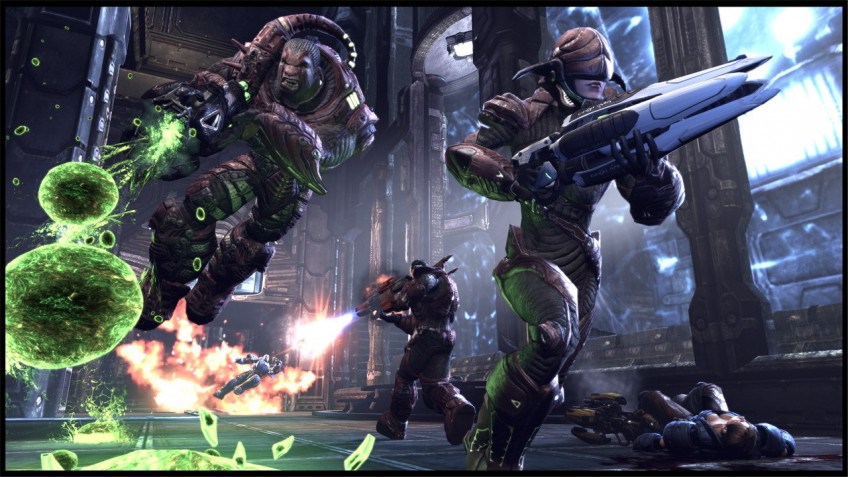 ..
..
Post Tags: #ceroc#dance tips#modern jive
Similar Posts
How to look good dancing, in just one lesson | Dance
I'm in a high-ceilinged studio space with whitewashed floors and bright lighting. This place doesn't look much like a nightclub and there's no party atmosphere, but I have come to dance, or at least to take part in an Introduction to Dance class: I want to find out if there is any hope for me.
Actually, I don't think I'm a terrible dancer. There was a time in my 20s when I would go clubbing without fail every week and it didn't take much to lure me on to the dancefloor. Dancing gave me the opportunity to totally lose myself; for someone like me who doesn't drink or do drugs it wasn't just intensely pleasurable – it also felt necessary. Today I am a middle-aged, married, mortgaged, fortysomething father. My opportunities for dancing have diminished, as has my confidence.
Tania, our instructor, takes us through our first moves. I hadn't realised until now how much of my dancing style was arm-based – random pointing played a crucial role in my technique.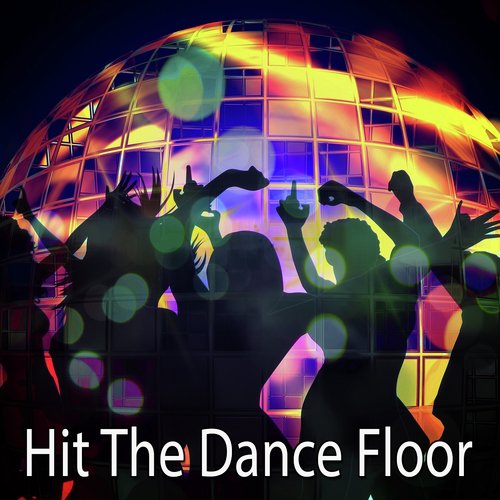 I also realise how little I was moving my legs and especially my upper body. It's almost as if I wasn't allowing myself to respond instinctively to the music and the beat.
I also realise how little I was moving my legs and especially my upper body. It's almost as if I wasn't allowing myself to respond instinctively to the music and the beat.
Tania stresses the importance of relaxing the chest. She shows us how to crumple and twist our middle section by breaking it into different areas – the upper chest, stomach and hips – and trying to move one part without affecting the others. I am even asked to do something called a ripple. It's the sort of move I imagine pole dancers learn during their training, and indeed when done well it looks as if your body is undulating in musical ecstasy. It doesn't quite look like that when I do it.
Having to isolate different moves and focus on the chest, then shoulders and neck, makes me appreciate that my style of dancing is stiff rather than fluid – more Ian Curtis than Curtis Mayfield – and the way to improve that is to focus on the core rather than the limbs.
Tania's promise, or warning, that the class would be funky, meant the anodyne hip hop music we were dancing to wasn't anything I would usually subject myself to and the moves that suited the music- sudden drops with legs apart, tapping the inside and outside of one's shoes as you shake your lower leg- weren't things I could imagine doing while listening to Joy Division: good dancing demands good music.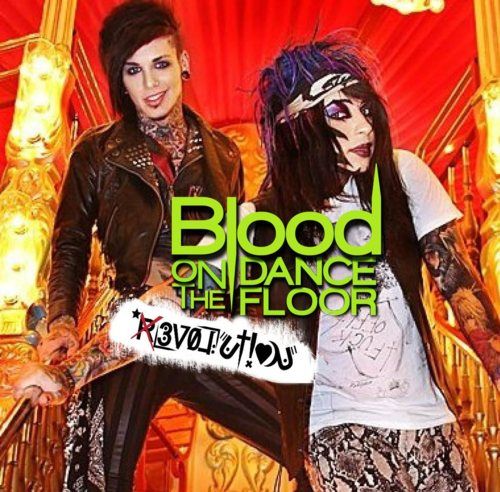
I stare at myself in the huge mirrors, dancing to hip hop music – suddenly dropping down with legs apart or shaking my lower legs – and at first I feel self-conscious. It's hard not to enviously glance at the others as they morph into Michael Jackson and Beyoncé.
By the end of the class I am totally exhausted and just a little bit exhilarated. The most important lesson I have learned isn't any particular dance move, although that helps, but just that it is so freeing to have an outlet to dance where for an hour and a half I am not thinking about work or family or Twitter: just about how good it is to move your body to the music.
That weekend, in the safety of my living room I put on some music – Pulp's Disco 2000 – and have a dance with my wife, Bridget, and our two-year-old daughter, Laila. As I dance, I notice how much more aware I am of my body. Dancing well is about good music and good moves but it is also about realising that no one is ever too old to dance, and that the dancefloor needn't have a glitter ball – it can even have a dining table.
In one way it is rather ridiculous, the three of us dancing amid the toys and books, and yet in another it is perfect."Won't it be strange when we're all fully grown," sings Jarvis Cocker, and Bridget and I sing along with him. I don't wave my arms quite so much, my chest feels looser, my confidence is back, and no one is laughing at me.
Sarfraz took an Absolute Beginners class with City Academy, London
What I learned Sarfraz's top tips
1 Be confident Remind yourself you're never too old to dance.
2 Avoid the sudden drop with legs apart You're not Miley Cyrus. Also worth avoiding any move that may bring to mind the zombies in the Thriller video.
3 It's OK to close your eyes It's almost certainly not cool but it feels good to me.
4. Choose music that suits your mood Saying that, I would counsel sitting out the Village People's YMCA.
5. Don't worry about where you dance Otherwise you'll never do it – the kitchen will do.
Take it further
At a class
Frame has to be London's most fun dance studio. It hosts Classic Music Videos classes so you can channel your inner Jacko, Madonna or TLC.
On a course
Is it a while since your dancing heyday? The Northern Ballet's Keep Dancing course is for those aged over 55 who have never danced, or are a bit out of practice.Enrol for the whole course or drop in.
At a festival
The Glasto Latino tent is back. Take lessons by day to live music from one of Cuba's best "son" bands (fusion of Spanish and African music), then flaunt your new moves at night.
27-29 June.
How not to look stupid on the dance floor?
How not to look stupid on the dance floor?
1. The dance floor is a “stage” with special rules.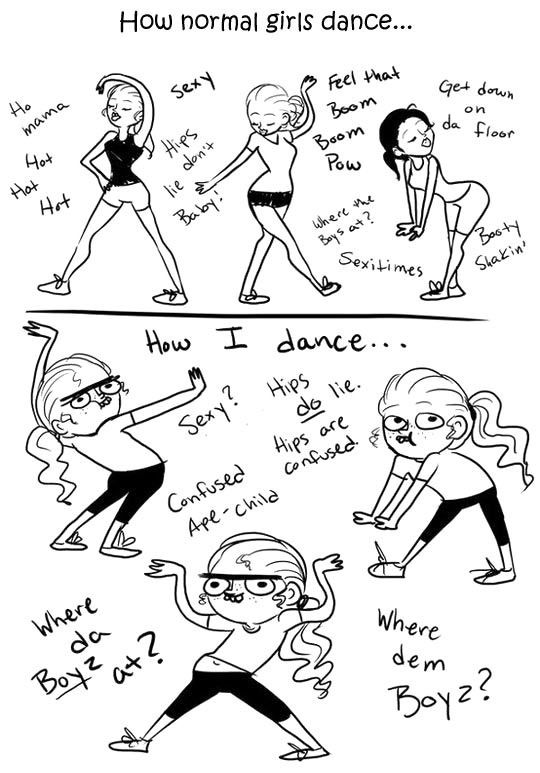 The main rule is "Do not disturb others" : do not push, do not whip everyone with your hands, do not stomp with your heels, do not stick cigarettes, do not pour drinks, do not be pushy. To make it pleasant to be around you and look safe for others, you should adapt the dance to the conditions of a limited space. Amplitude swings, kicks, elbows, jumps, splits and randats are not suitable for the dance floor. You must be able to move compactly and in a variety of ways. nine0006
The main rule is "Do not disturb others" : do not push, do not whip everyone with your hands, do not stomp with your heels, do not stick cigarettes, do not pour drinks, do not be pushy. To make it pleasant to be around you and look safe for others, you should adapt the dance to the conditions of a limited space. Amplitude swings, kicks, elbows, jumps, splits and randats are not suitable for the dance floor. You must be able to move compactly and in a variety of ways. nine0006
2. The only dance suitable for the dance floor is improvisation where you move spontaneously in real time. Movements arise as a consequence of the reaction to the sound, and not the repetition of memorized "expressions". Have you ever interacted with a robot at a technology expo? Remember your emotions when you ask him a question and wait for an involved reaction, and he monotonously answers you with a formulaic answer, often unrelated to the question. People dancing bundles evoke similar emotions.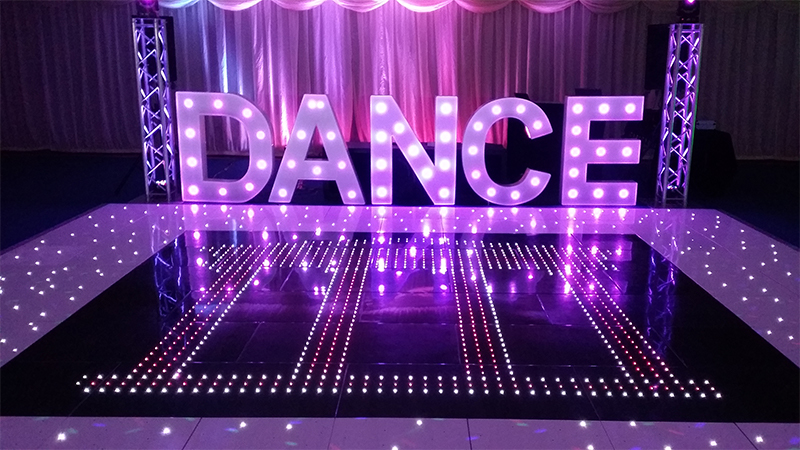 nine0006
nine0006
3. Dancing on the dance floor is a form of communication, not a performance . The movements create the background, but are not the goal. "Dance for relaxation" means that you dance while relaxing, chatting with friends. When you dance a bunch, you completely deprive yourself of the opportunity not only to communicate with friends, but also to perceive others, enjoy the party, listen to music. All attention is directed to remembering and reproducing the sequence of movements. Movements must be performed automatically at the level of motor memory in order to engage in improvisation, creativity and communicate freely. nine0006
4. In order to win people over properly, you need to move in a relaxed and natural way, for this movement should be simple and comfortable. Movements should convey the mood of the music, they reveal your state and perception of the sound. From the point of view of style, the movements should correspond to the music that sounds, so a bunch invented for music of a different style will not look harmonious.
5. Move according to your style . No matter how beautifully the choreographer dances, but if you have different types and you don’t feel the same as him, his movements will look sticky on you. It is important that the movements you are taught be flexible in style, i.e. so that they can be given different properties and manner. Only under these conditions will your knowledge be applied in practice and merge with your personal style and charisma. All movements in our program are freely adaptable to any style of music and suit people of different types and builds. They can be danced both at a disco in a stiletto skirt, and at a social reception in an evening dress. nine0006
6. Move in a balanced way whole body, including all muscle groups; this will allow you to dance for a long time and not get tired, due to the fact that the load will be evenly distributed throughout the body. This will allow you not to overwork, not sweat like a horse and stretch the pleasure of dancing for the whole party.
7. You need to be able to move in a wide range of moods : from light unobtrusive dance to active and incendiary at peak moments. To do this, you need to be able to do the same movements, do it differently in terms of presentation, style and activity. nine0006
8. Your dance should reveal your strengths, not your weaknesses . Dance is a weapon, but it should not be directed against you. If your muscles are atrophied, then your every movement will scream about it. With good physical shape, even the simplest movements will delight with their beauty. The main objective of our program is to restore atrophied muscles, and teach you how to do simple things, but beautifully.
9. You must have a good rhythm, basic movement and coordination . Without these skills, dancing will not work. Plastic is loyal: it cannot be done wrong, you can always refer to your taste. With rhythm, everything is much tougher: if you do not get into the rhythm, it is immediately noticeable, and smearing past the rhythm is not forgivable.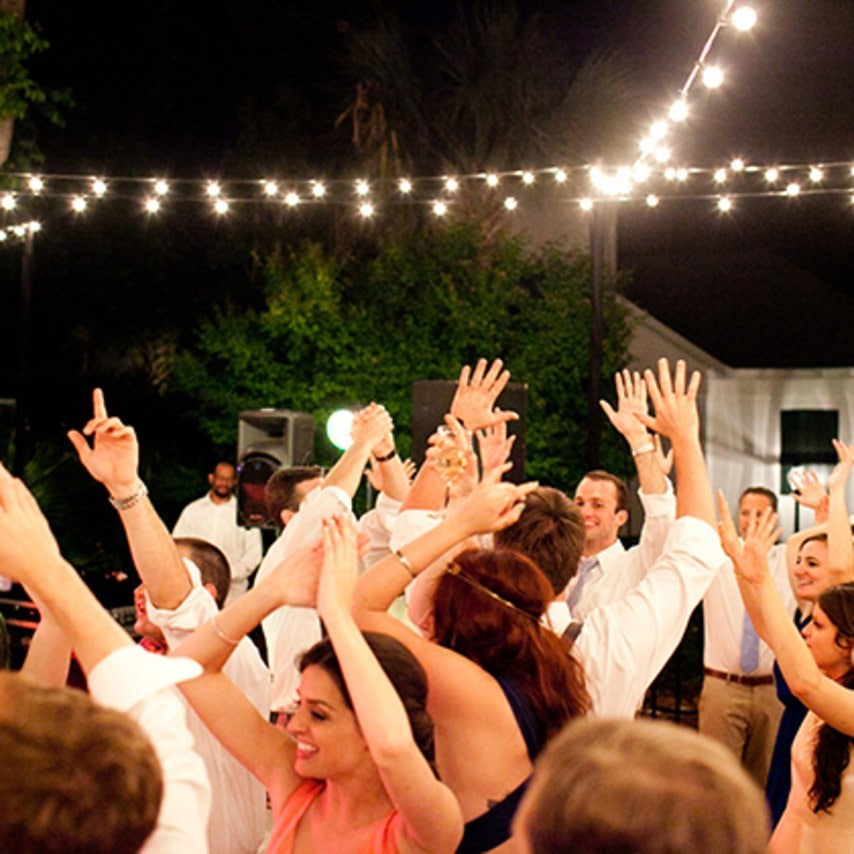
10. Now the most important thing: in order to dance well, it is enough to master only a few movements of high quality . No one will count how many movements you know, but everyone will see whether these movements are beautiful or not. What matters is not what you dance, but how you do it! The overall impression of the dance will be determined not by the quantity, but by the quality of the movements. The good news is that it only takes a few sessions to master a few movements. nine0006
How to properly dance to club music in a discotheque
Contents
Dance is body language, and dancing in a club is the only way to draw attention to yourself with this language, because in the crowd and noise it is impossible to speak differently. Steps, turns, tilts, jumps - in the light of strobe lights look spectacular when performed with skill. And it’s not at all difficult to learn them if you follow the advice of professionals and study in a dance studio. New faces are always welcome at Laboca! nine0006
New faces are always welcome at Laboca! nine0006
A bit about clubs
In order to understand how beautiful it is to move to modern club music, it is worth remembering a little about the history of this trend. The first nightclubs began to open in the 80s of the last century. They constantly gathered young people who demonstrated the latest innovations in dance elements on the dance floor. Therefore, the fashion for movement was constantly changing, and eventually turned into a mix of several styles. So for several decades, a whole club culture has developed, which you need to familiarize yourself with before entering the dance floor. The surge in popularity of club dancing led to the opening of special groups in dance schools and made everyone understand that this direction is worth learning. nine0006
The main thing is emotions!
Club dances are distinguished by the fact that they should be comprehended with an emotional component. Only a relaxed, flexible and ready to improvise person will move effectively on the dance floor.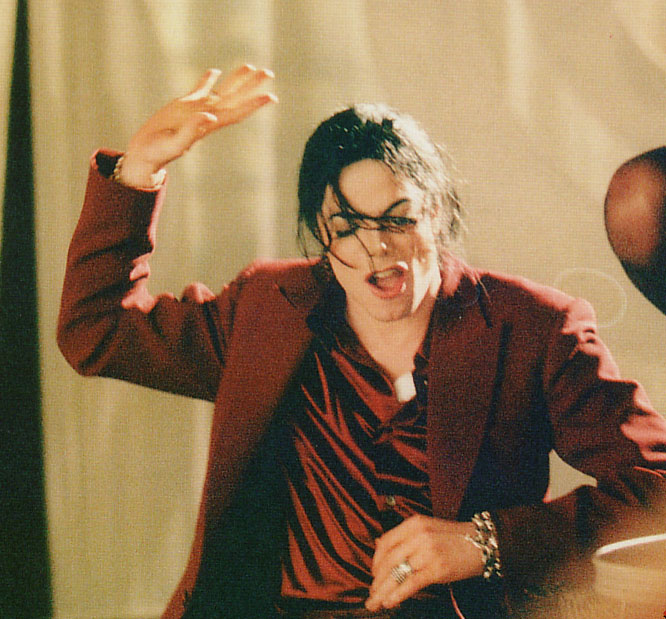 The main means of expressiveness of club dance are plasticity, keeping pace, impromptu and stylish appearance. If you were able to discard all the complexes and are ready to relax on the dance floor, consider that you have already received the first lesson in club dancing.
The main means of expressiveness of club dance are plasticity, keeping pace, impromptu and stylish appearance. If you were able to discard all the complexes and are ready to relax on the dance floor, consider that you have already received the first lesson in club dancing.
Before deciding how to dance to club music in a disco, choose your key style. Strip plastic, street jazz, hip-hop, go-go, or maybe disco? True, in order to move freely on the dance floor, a beginner dancer will have to master the basic elements of all these directions, and at the same time learn how to combine them with club music, while getting real pleasure from dancing. Pure improvisation, video lessons or classes at a dance school - you choose. But it is worth noting that several master classes in a professional studio will significantly save your time and effort. nine0006
Sign up for a trial lesson
Club movements
Club dance implies no restrictions, looseness and freedom. Movements are performed gently, smoothly, with a small amplitude. There are no complex elements, high jumps, flips and splits. Low slopes are also not welcome, they look vulgar. But different types of swing always look good. To master the basic swing, you should start by shaking your head to the beat of the music. Then beat the rhythm with your hand or foot, and then move on to springy movements with the whole body. Swinging the torso is performed by tilting the body forward and backward, and swinging with the help of the knees - by bending and unbending the legs to the music and connecting the foot: at the expense of "and" move the socks, pushing the heels away, on "one" - rest on the heels and spread the socks . nine0006
Movements are performed gently, smoothly, with a small amplitude. There are no complex elements, high jumps, flips and splits. Low slopes are also not welcome, they look vulgar. But different types of swing always look good. To master the basic swing, you should start by shaking your head to the beat of the music. Then beat the rhythm with your hand or foot, and then move on to springy movements with the whole body. Swinging the torso is performed by tilting the body forward and backward, and swinging with the help of the knees - by bending and unbending the legs to the music and connecting the foot: at the expense of "and" move the socks, pushing the heels away, on "one" - rest on the heels and spread the socks . nine0006
Don't forget your hands. Movements should look stylish, but at the same time remain safe, after all, you have to dance on the dance floor: one awkward movement with your elbow - and your neighbor is knocked out. Therefore, the elbows should be kept close to the body, and the shoulders should be moved mainly.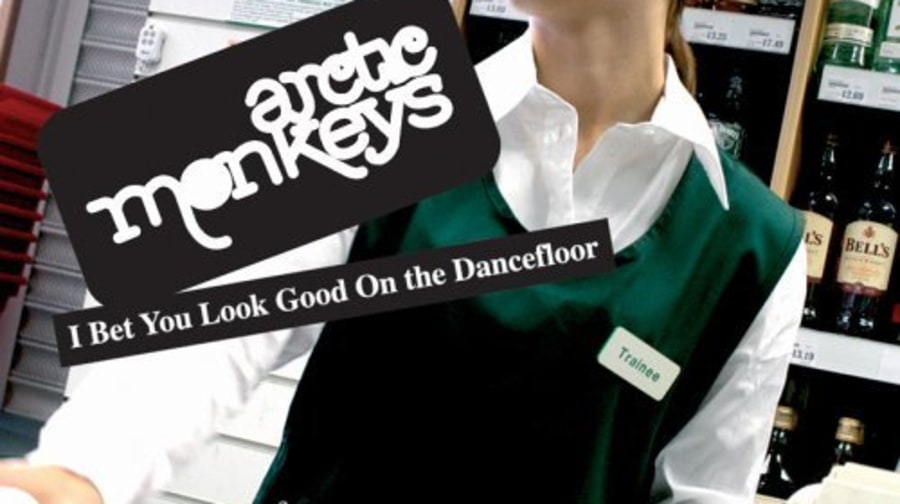 Try to sharply raise and lower your shoulders to the beat of the music, repeating the same movements with your hands. Now add the head, body and legs. Of course, you are not the king of the dance floor yet, but you are already moving in the right direction.
Try to sharply raise and lower your shoulders to the beat of the music, repeating the same movements with your hands. Now add the head, body and legs. Of course, you are not the king of the dance floor yet, but you are already moving in the right direction.
Another move with the hands - the movement of the pharaoh.
Place your right hand on your left shoulder and your left hand on your right. To the beat of the music - for "one-two" hands are crossed. Further, the girl can unhook her hands and smoothly lower them to her hips, and the young man can open his hands and put his thumbs on the shoulders of the corresponding hands. On "four", stretch your arms forward, leaving all fingers bent, except for the thumb and forefinger.
The most versatile movement of the arms is to move them behind the head so that the elbows are parallel to each other. Girls can continue the element by performing a wave with the whole body, and young people can lower their head down, thereby drawing attention to their legs.